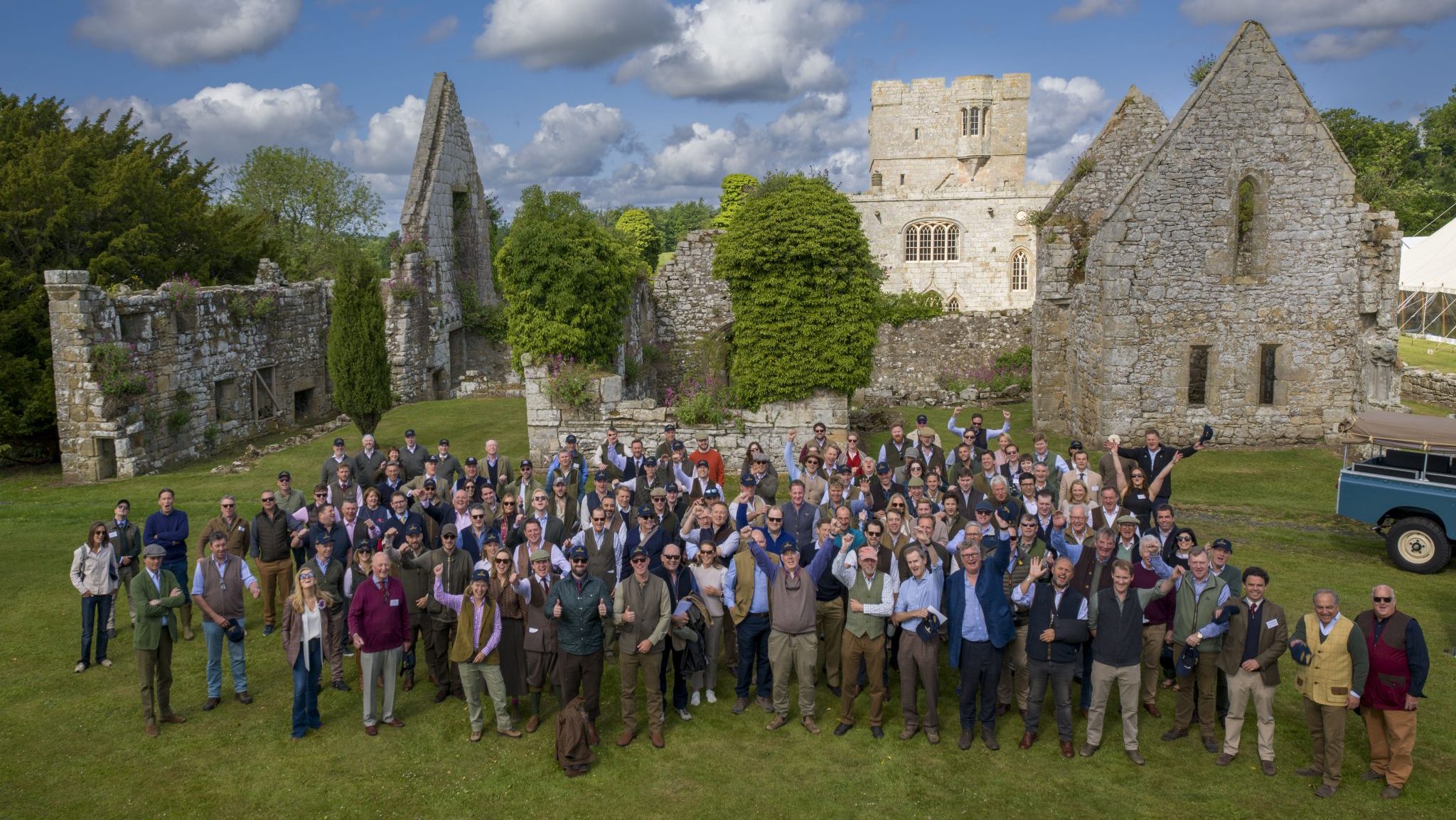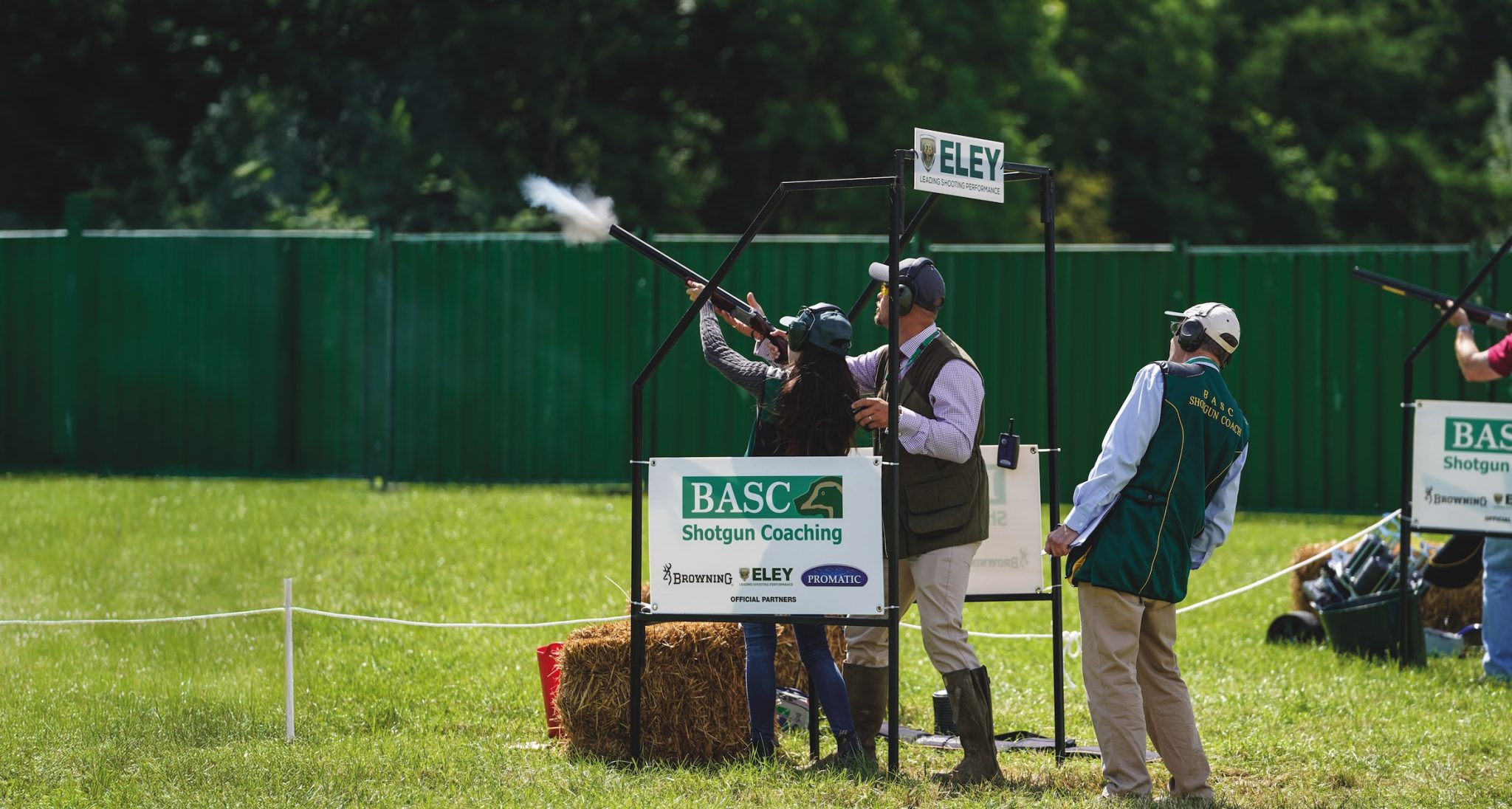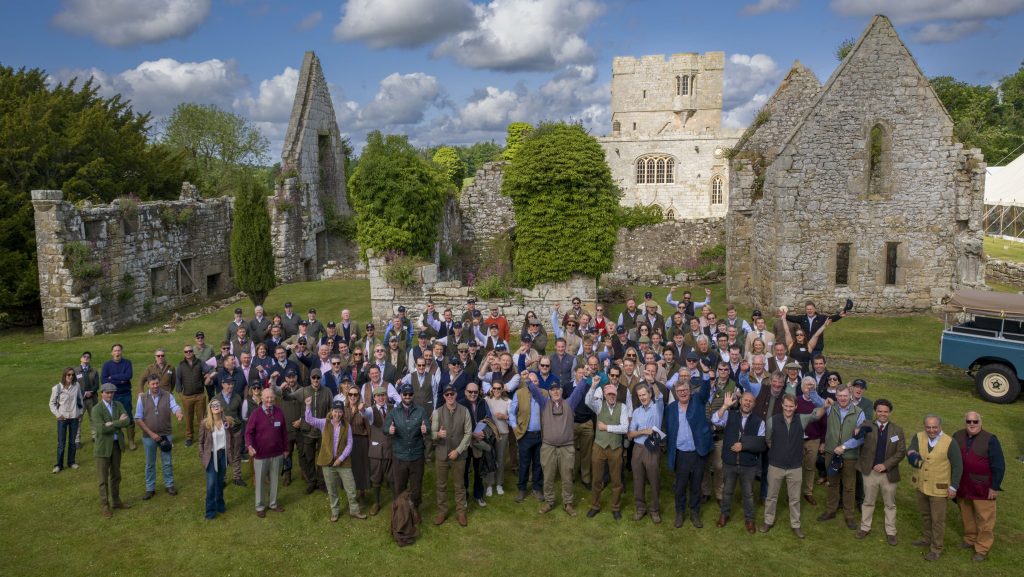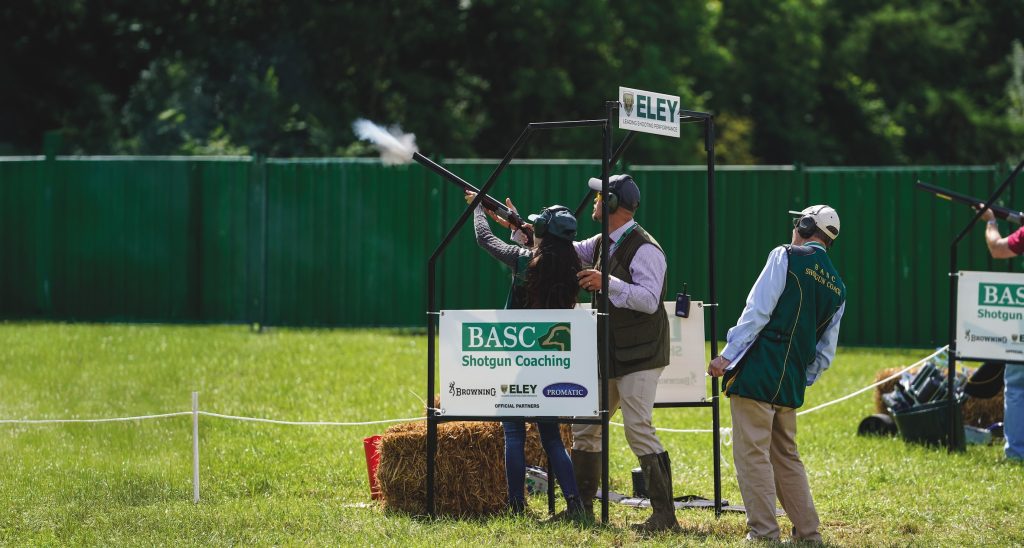News
Scottish estate leading the way to save grey partridges
Would you like to speak to our readers? We offer sponsored articles and advertising to put you in front of our audience. Find out more.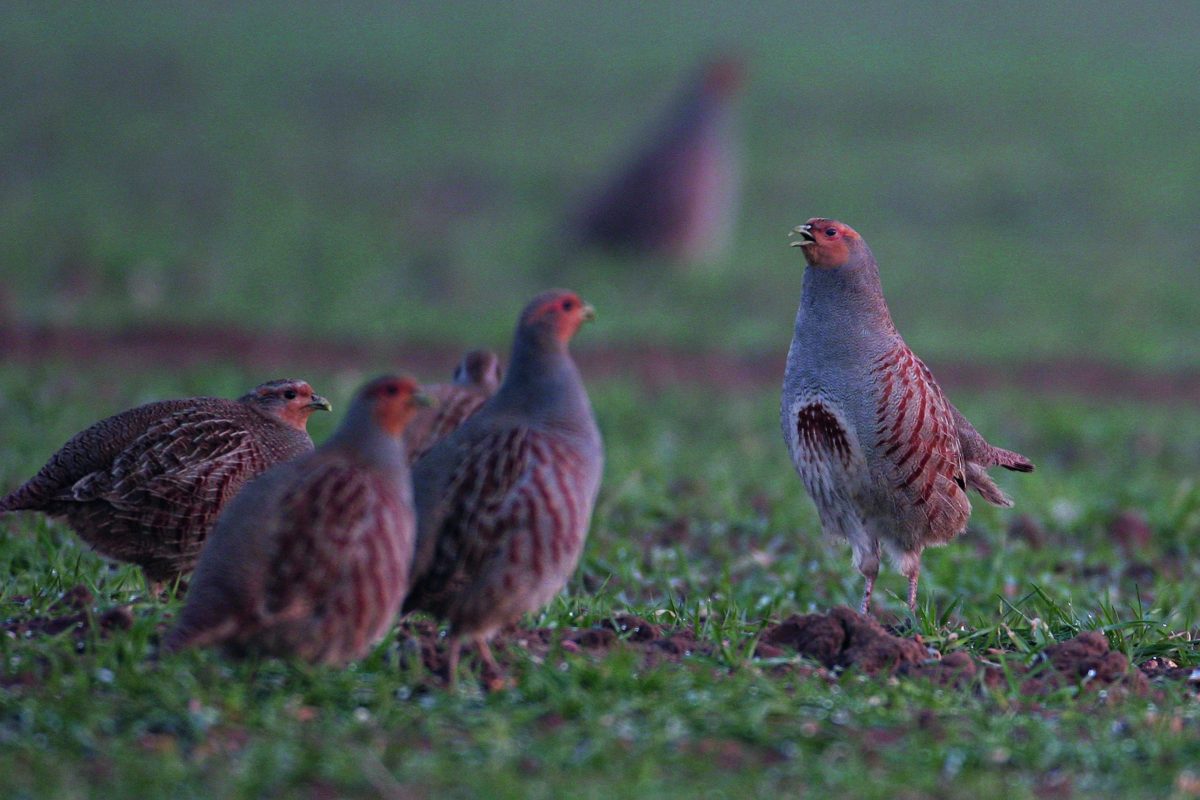
The remarkable success of a Fife estate in turning round the fortunes of grey partridges has been highlighted by the GWCT. Grey partridges are among the most threatened of all the UK’s breeding bird species, and their numbers have declined rapidly over the past 50 years in response to agricultural intensification. However, with help from the GWCT, Balgonie Estate has been working to change those statistics.
To help bring the birds back on the estate, the team created nearly 7km of four-metre wide strips of chicory and mustard. This has given the birds cover and, by providing seeds and habitats for insects, has helped feed them.
Dr David Parish, the GWCT’s senior Scottish lowland research scientist, explained how they monitored the scheme’s success: “In spring, we drive around as many fields as possible, counting pairs, and then in autumn we record coveys seen in stubble fields. This provides an estimate of the breeding population and breeding success. If we’re doing a good job, we should see the number of pairs increase over time, along with the ratio of chicks to adults, which in turn should lead to more birds in the autumn.”
Striking results
The results have been striking. Since 2014, numbers of spring pairs have increased by 40%, and the autumn total is up by 260%. The density of pairs at Balgonie is more than double the average for Scotland, and autumn density of birds is almost three times Scotland’s average. While partridge numbers at Balgonie have increased since 2014, UK numbers have dropped by 19% over the same period.
Long-term Fife resident Simon Carr told Shooting Times: “I can remember when good numbers of grey partridges were still being shot in Fife, but the countryside was very different back then, with fewer foxes and buzzards and more hedges. Partridges were always part of rural life, and it would be great to think that what my children and grandchildren have missed out on could be enjoyed again by their children.”
Related articles
News
Duke's Challenge raises record-breaking £685,000 for GWCT
The shooting community has backed wildlife conservation in spectacular fashion, raising a record-breaking £685,000 for GWCT
By Time Well Spent
News
‘So what exactly do you lot do, then?’
You’d be surprised how many projects staff and volunteers deliver, as well as BASC’s vital work helping members, says Conor O’Gorman
By Time Well Spent
Manage Consent
To provide the best experiences, we use technologies like cookies to store and/or access device information. Consenting to these technologies will allow us to process data such as browsing behavior or unique IDs on this site. Not consenting or withdrawing consent, may adversely affect certain features and functions.
Functional Always active
The technical storage or access is strictly necessary for the legitimate purpose of enabling the use of a specific service explicitly requested by the subscriber or user, or for the sole purpose of carrying out the transmission of a communication over an electronic communications network.
Preferences
The technical storage or access is necessary for the legitimate purpose of storing preferences that are not requested by the subscriber or user.
Statistics
The technical storage or access that is used exclusively for statistical purposes.
The technical storage or access that is used exclusively for anonymous statistical purposes. Without a subpoena, voluntary compliance on the part of your Internet Service Provider, or additional records from a third party, information stored or retrieved for this purpose alone cannot usually be used to identify you.
Marketing
The technical storage or access is required to create user profiles to send advertising, or to track the user on a website or across several websites for similar marketing purposes.

